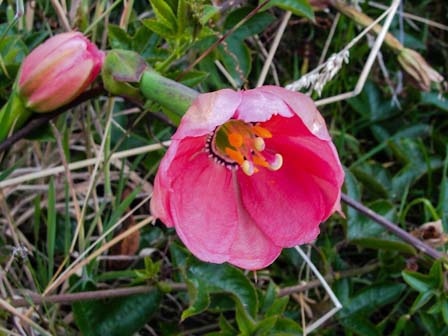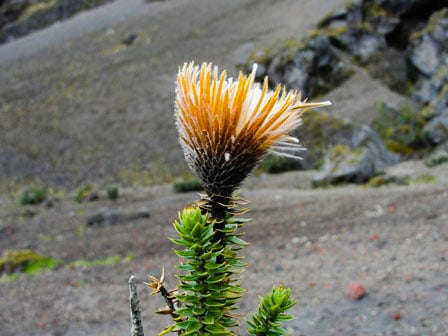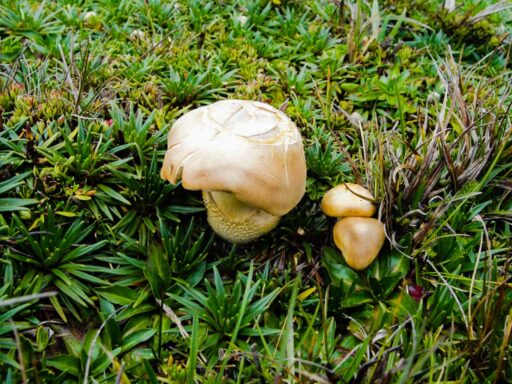Flora of the Ecuadorian Highlands
ecuventureFlora of the Ecuadorian Highlands
We refer to the Ecuadorian highlands as “páramos”, located at an elevation between 2800 and 4800 meters high. The flora that grows in these lands can vary greatly depending on the area where they are found, from desert areas with little vegetation, to very humid areas where the water has pooled in countless lagoons and the vegetation has grown abundant and diverse. If there is something that can identify all the Ecuadorian páramos, it is the abundance of creeping plants, especially common straw (calamagrostis Sp, Stipa Sp), which has been widely used by indigenous communities for the construction of chosas and tambos, and to feed the llamas and vicuñas. The cold is another peculiarity of the “páramos”, night temperature can drop some degrees below freezing, often accompanied by rain and fog. Although on sunny days, the temperature could exceed 20 degrees and the sun beats down with great intensity. Another characteristic of the “páramo” is its little use for agricultural and livestock work, which is why they are sparsely inhabited and that has contributed to its greater conservation. In contrast, they have proven their immeasurable value as the major providers of water for cities and the irrigation of agricultural fields, their variety of “sponges” absorb and retain precipitation, and slowly release the liquid feeding springs and rivers.
Flora from 3000 to 3600 meters
Gallery: Puchik, Shanshi, Dedalera, Campanita, Flor de mayo, Iwilan, Zarcillo, Taxo, Guanto
Flora from 3600 to 4200 meters
Gallery: Pajonal, Achupalla, Árbol de papel, Erygium, Yagual, Almohadilla, Chihuilasacha, Genciana, Candelilla
Flora from 4200 to 4800 meters
Gallery: Frailejón, Chuquiragua, Shanshi, Chocho andino, Licopodio, Hoguerilla, Urcurosa, Diplostephium
Paramo Mushrooms and Mosses
Gallery: different species of fungi, white and green mosses, lichens




